Pets are like family members, and we want to keep them safe and healthy. As pet owners, it’s important to be aware that some common household plants can be toxic to our furry friends. While these plants may seem harmless, they can pose a threat to the health and well-being of our beloved pets, including cats, dogs, and birds. In this article, we will explore 20 common plants that can be toxic to pets, and provide important information to help you keep your pets safe.
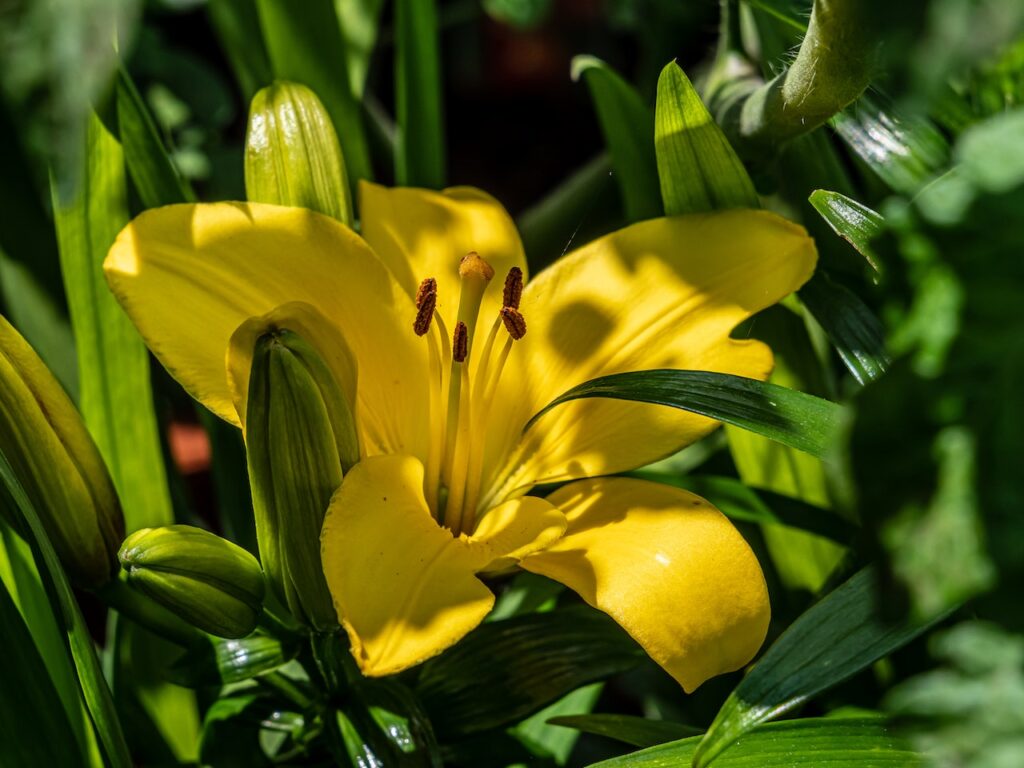
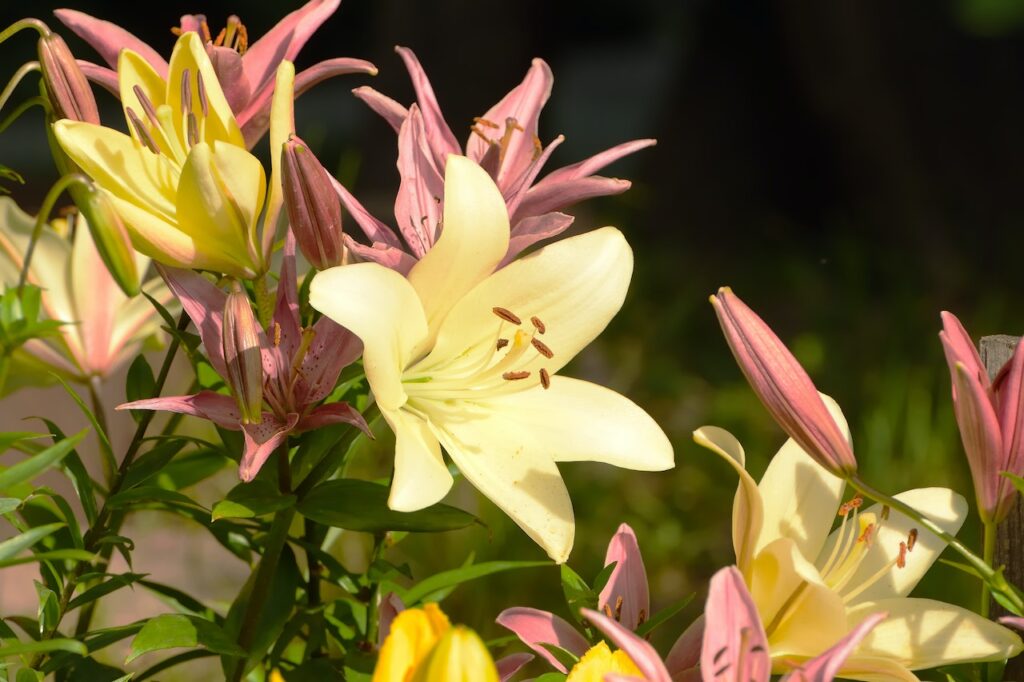
Lily
Lilies are popular flowers, but they are highly toxic to cats, especially their leaves and flowers. Ingestion of lilies can cause kidney failure in cats, even in small amounts. Many Hybrids of Lilies are on the market, and many are highly toxic to cats.
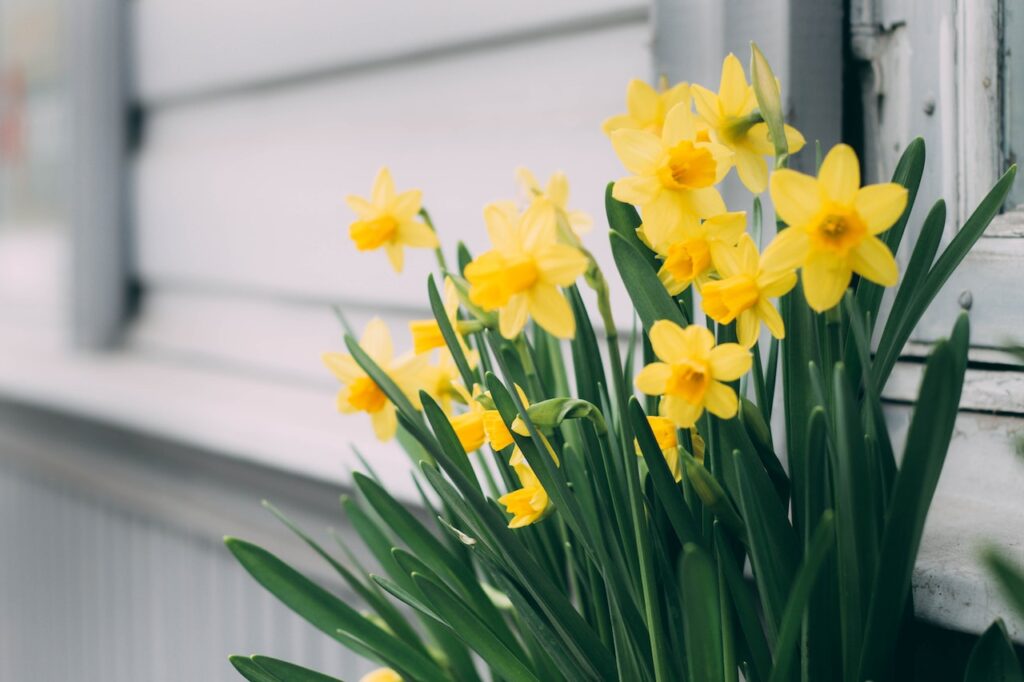
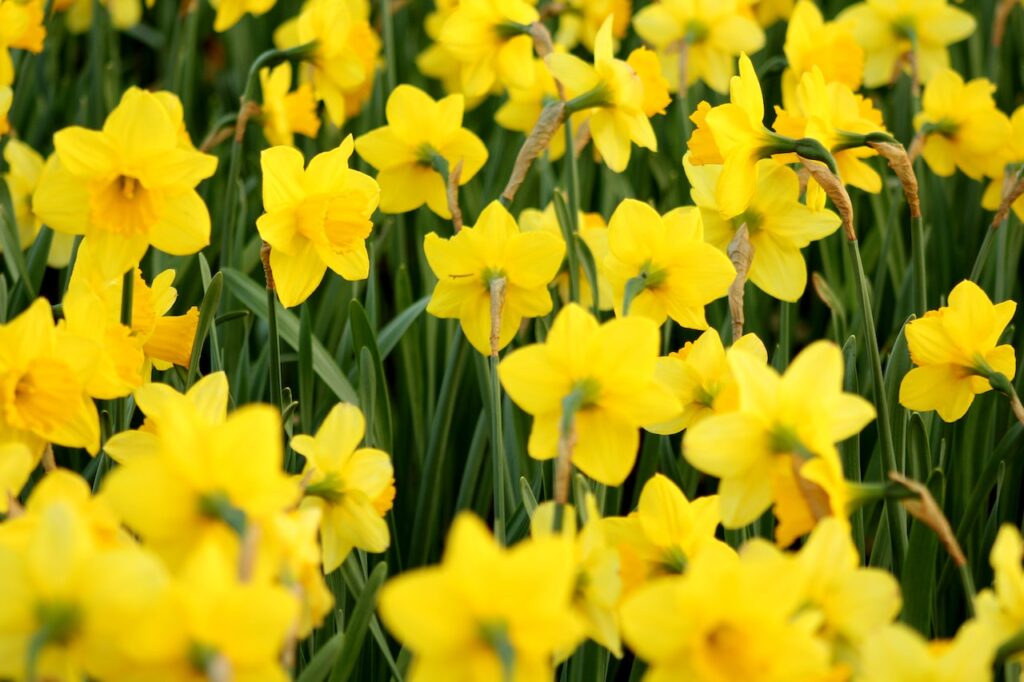
Daffodils
Daffodils are beautiful spring flowers, but their bulbs are toxic to pets. Ingesting daffodil bulbs can cause vomiting, diarrhea, and other gastrointestinal issues in cats, dogs, and birds.

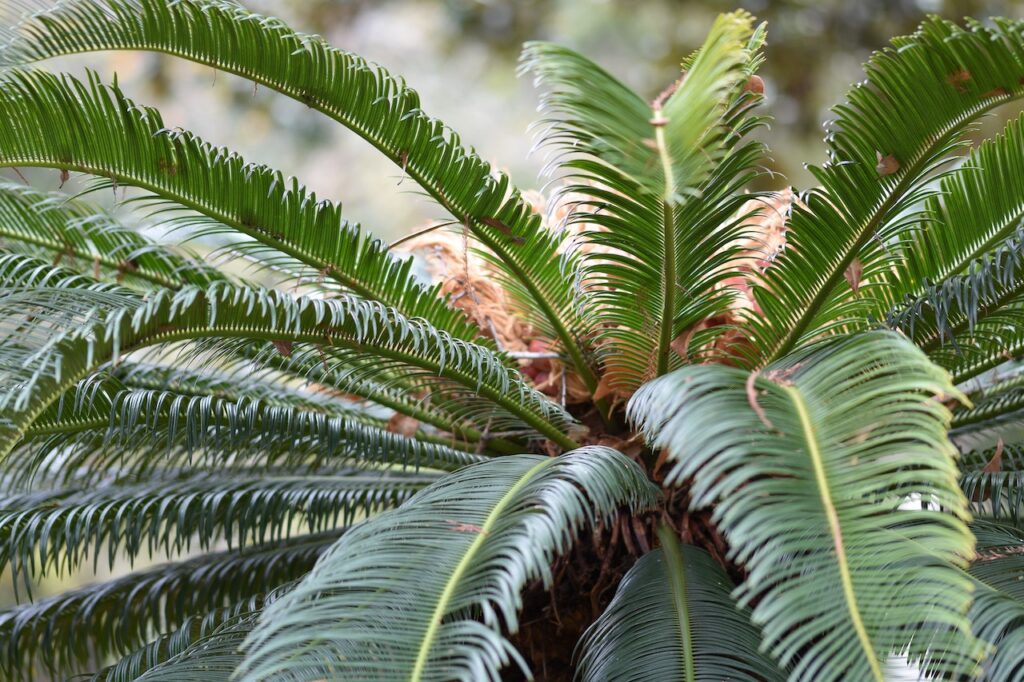
Sago Palm
Sago Palm is a common houseplant, but it is highly toxic to pets. All parts of the plant are poisonous, and ingestion can cause liver failure, vomiting, diarrhea, and even death in pets.
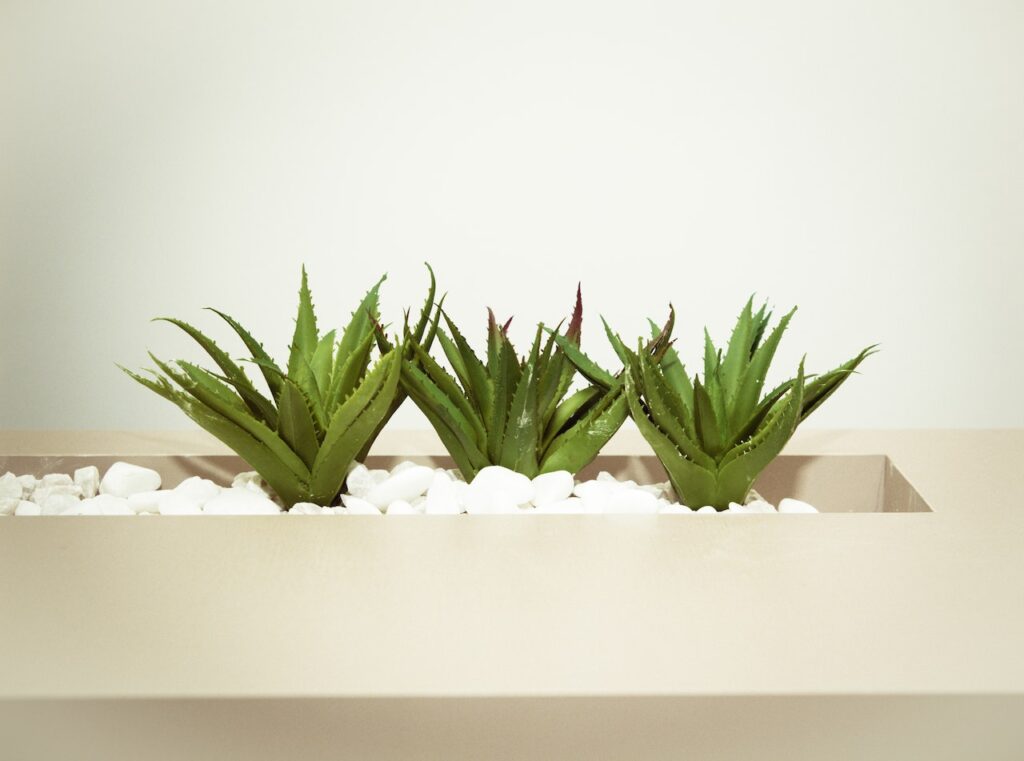
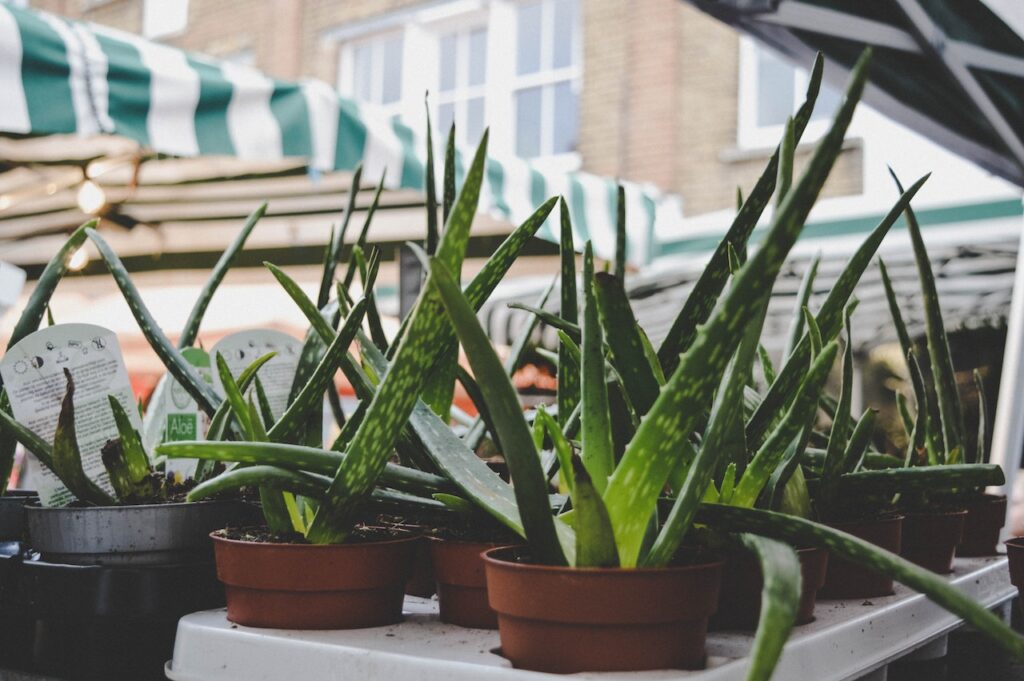
Aloe Vera
Aloe Vera is a popular plant known for its medicinal properties, but it can be toxic to pets. Ingesting Aloe Vera can cause vomiting, diarrhea, and other gastrointestinal issues in cats, dogs, and birds. As the Wikipedia article in the link does not contain a lot of information on Aloe Vera toxicity for animals, you can have a look at National Center for Biotechnology Information website for more info.

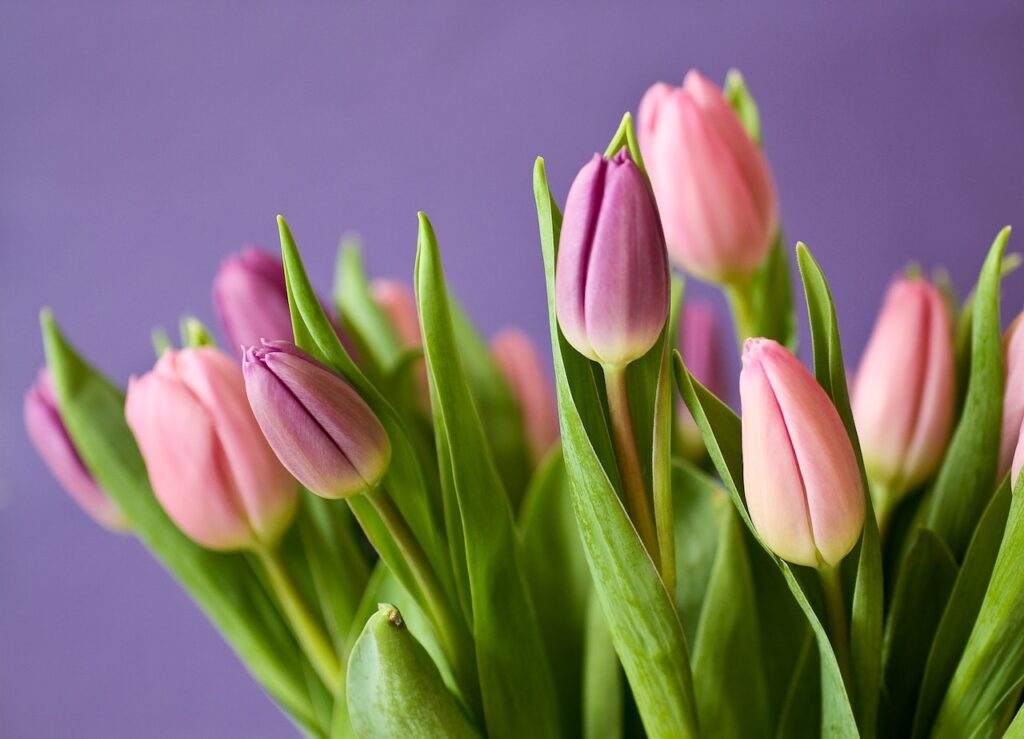
Tulips
Tulips are beautiful flowers, but their bulbs contain toxins that can cause vomiting, diarrhea, and other gastrointestinal issues in pets.
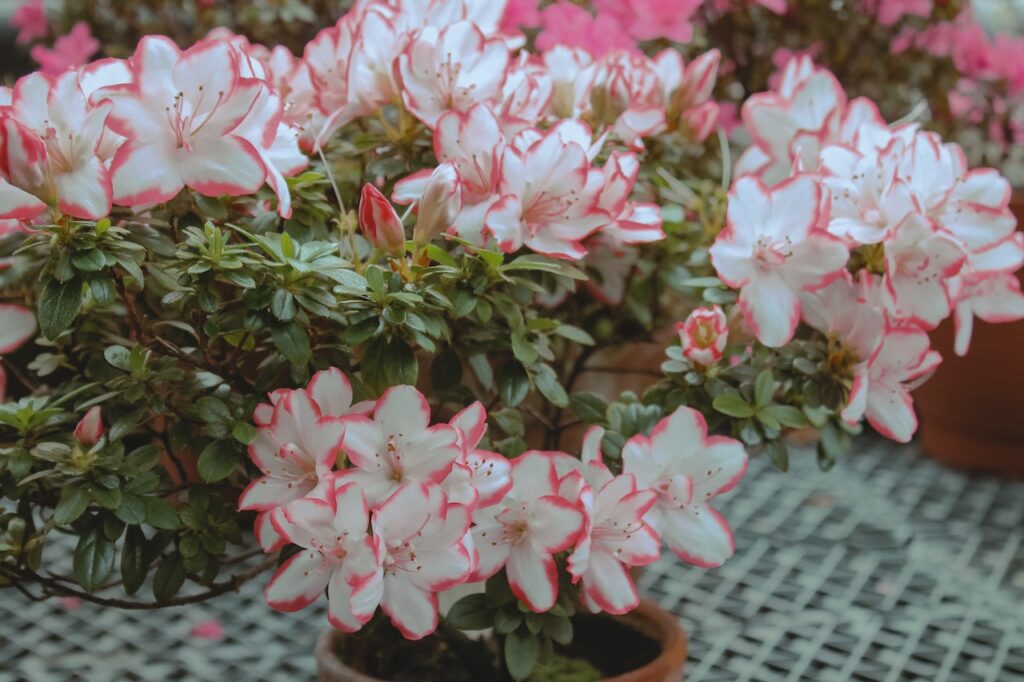

Azaleas
Azaleas are popular flowering shrubs, but they are highly toxic to pets. Ingesting Azalea leaves or flowers can cause vomiting, diarrhea, and even death in cats, dogs, and birds.
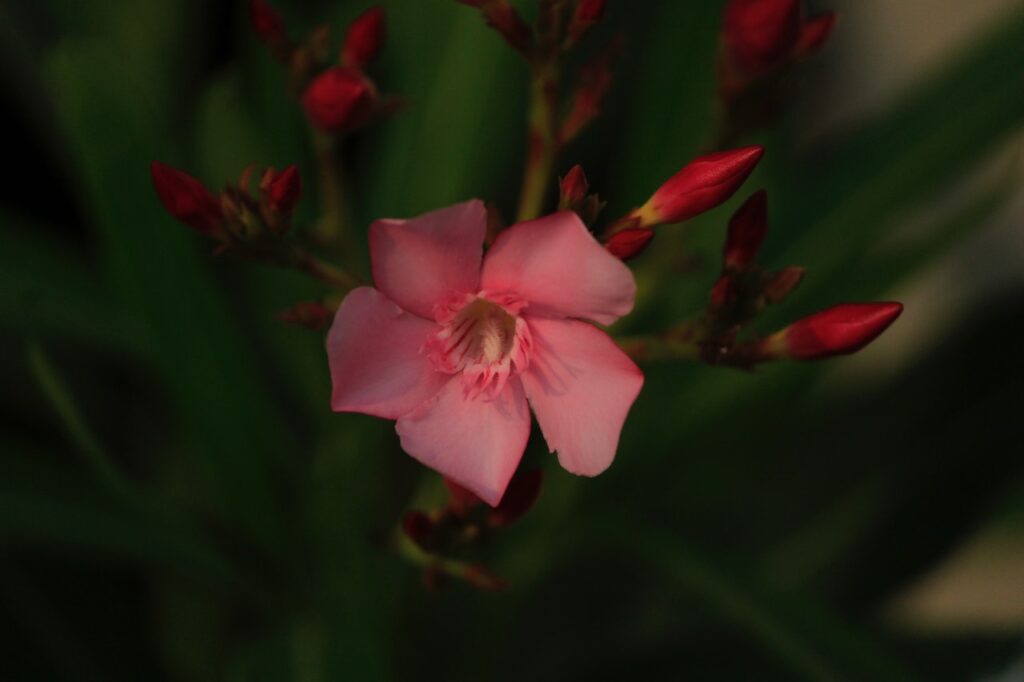
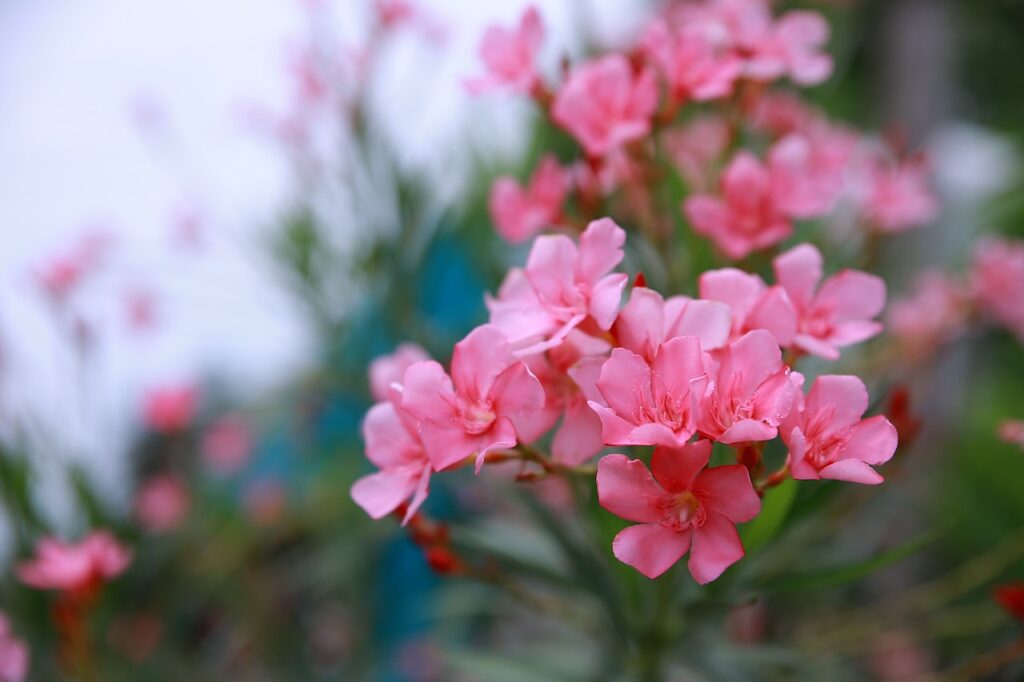
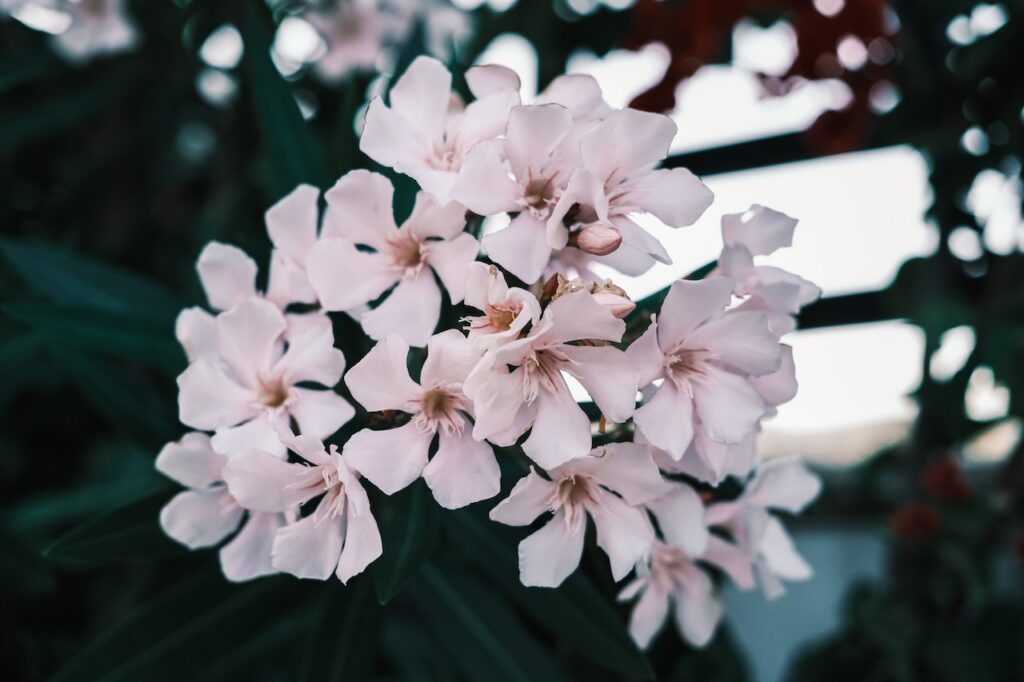
Oleander
Oleander is a common outdoor plant, but it is highly toxic to pets. All parts of the plant are poisonous, and ingestion can cause vomiting, diarrhea, and even death in pets.
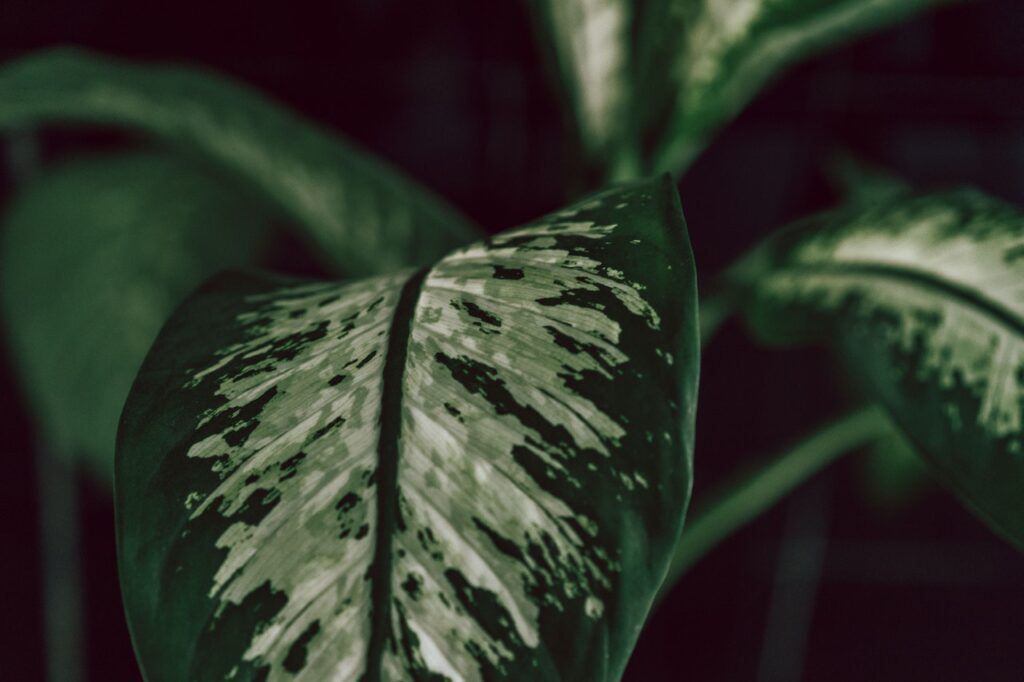
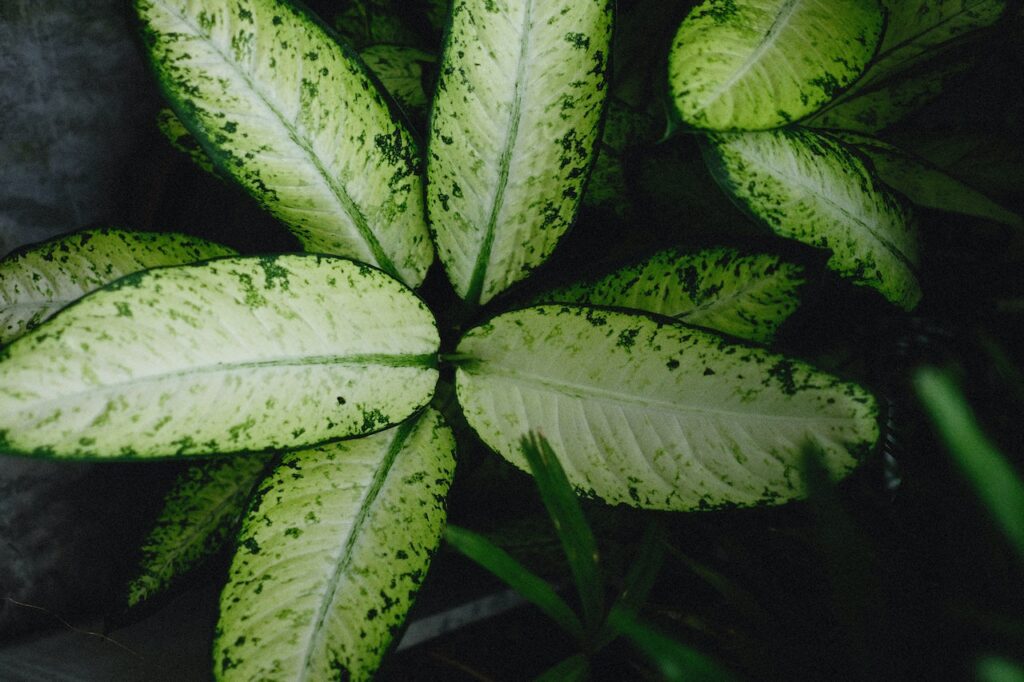
Dieffenbachia
Dieffenbachia, also known as Dumb Cane, is a popular indoor plant, but it can be toxic to pets. Chewing or ingesting Dieffenbachia leaves can cause oral irritation, difficulty swallowing, and other symptoms in cats, dogs, and birds.
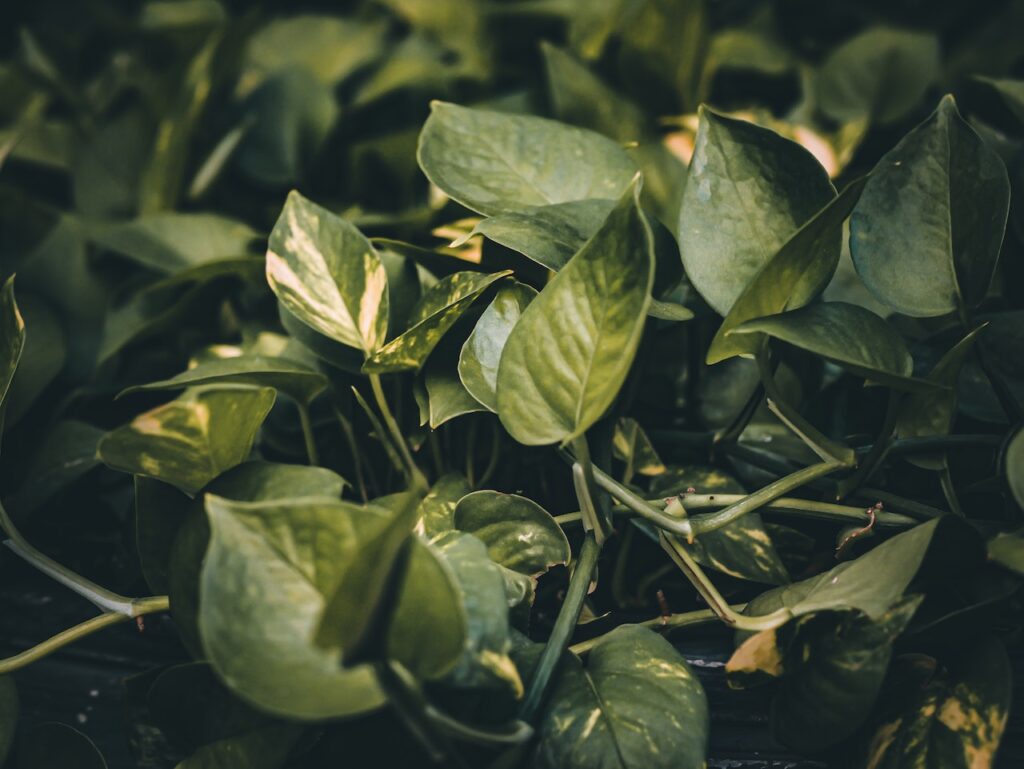


Pothos
Pothos, also known as Devil’s Ivy, is a popular trailing plant, but it can be toxic to pets. Ingesting Pothos leaves can cause vomiting, diarrhea, and other gastrointestinal issues in cats, dogs, and birds.
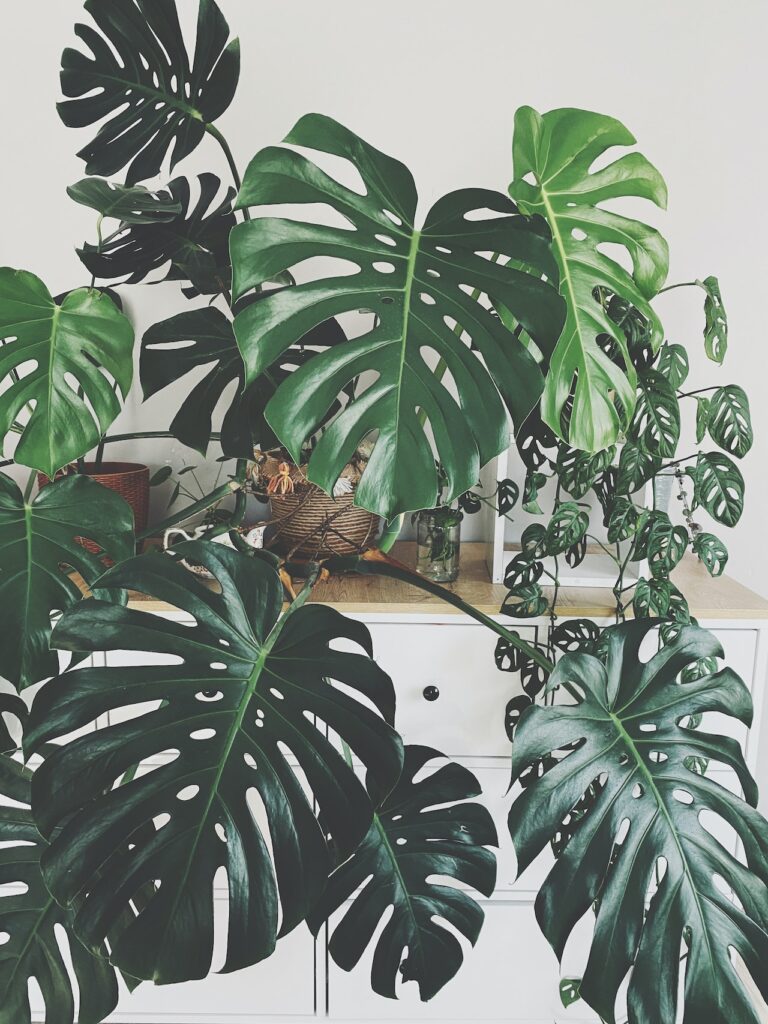
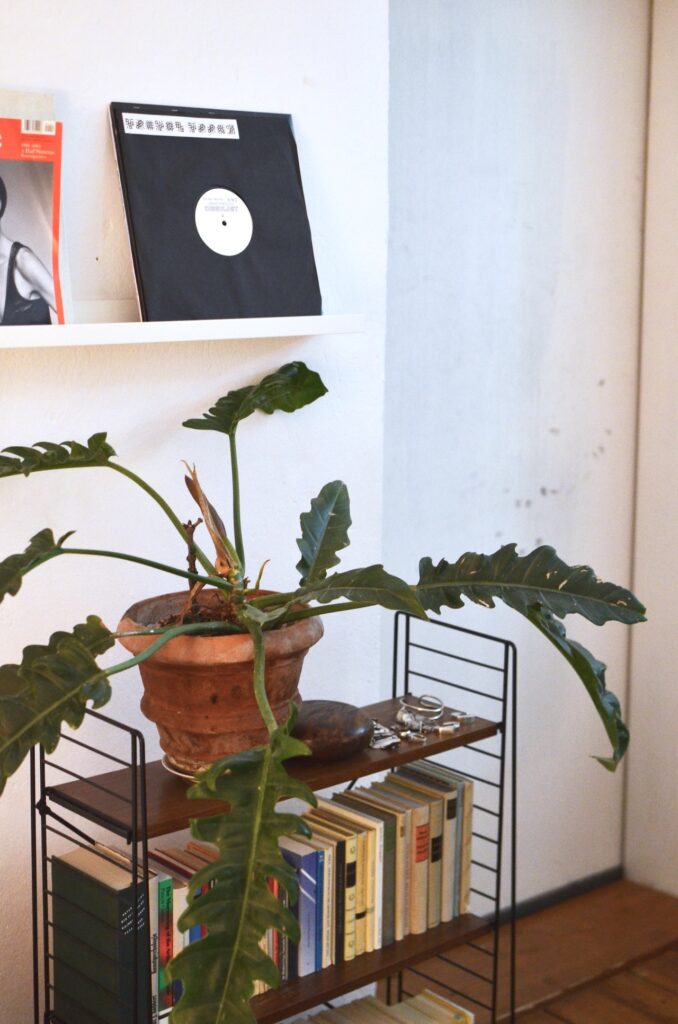
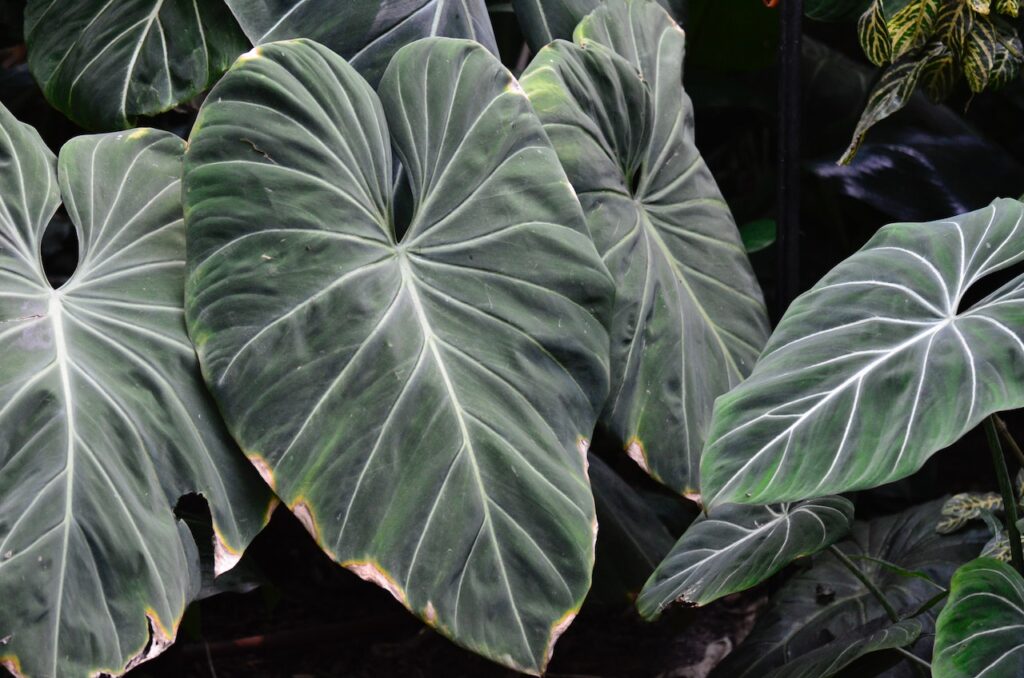
Philodendron
Philodendron is a common houseplant, but it can be toxic to pets. Ingesting Philodendron leaves can cause oral irritation, vomiting, diarrhea, and other symptoms in cats, dogs, and birds. There are many different varieties of Philodendron, so it is important to read more about the plants in this family.
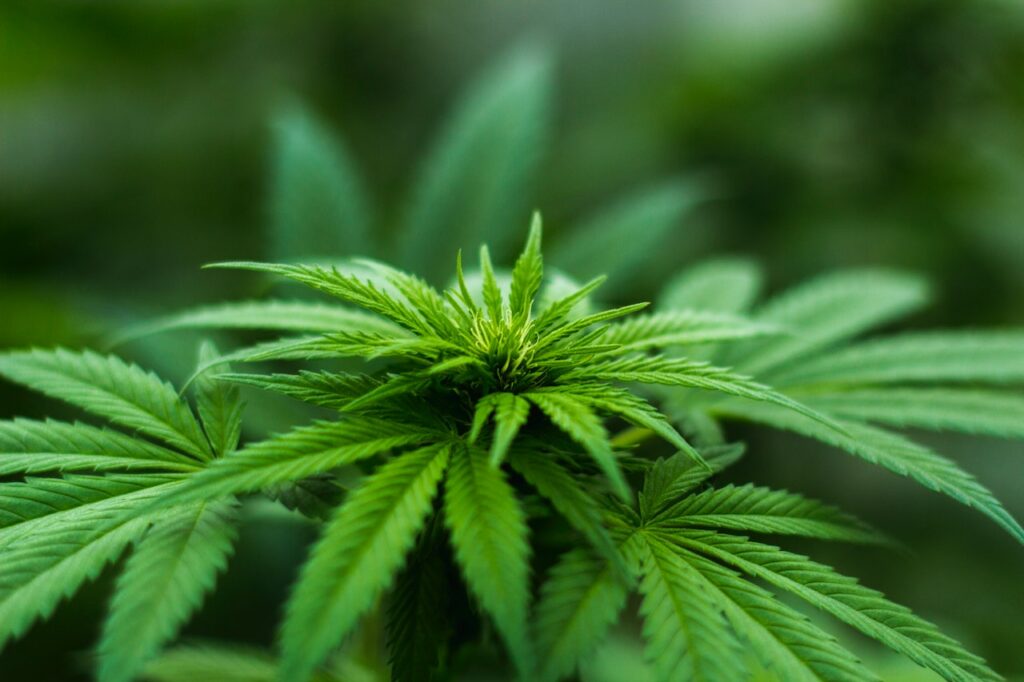

Marijuana
Marijuana is becoming increasingly legalized in some areas, but it can be toxic to pets. Ingesting marijuana can cause vomiting, loss of coordination, and other symptoms in cats, dogs, and birds. As this can be a controversial topic, we have linked the NCBI article to get a better understanding on Cannabis toxicity for pets.
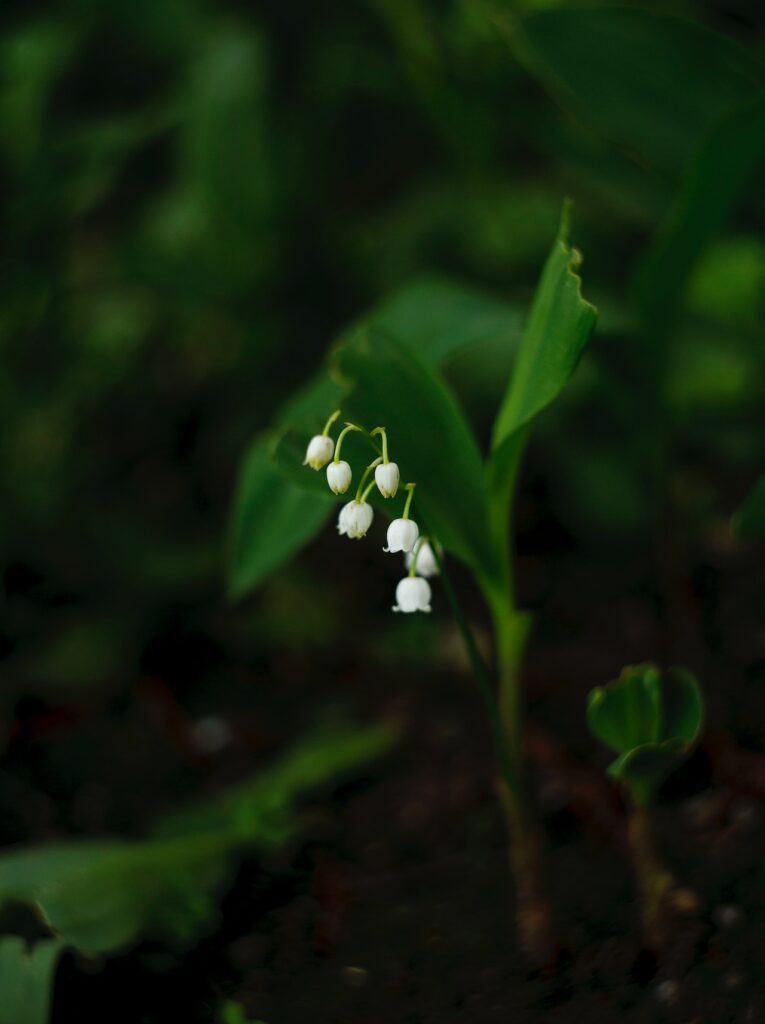
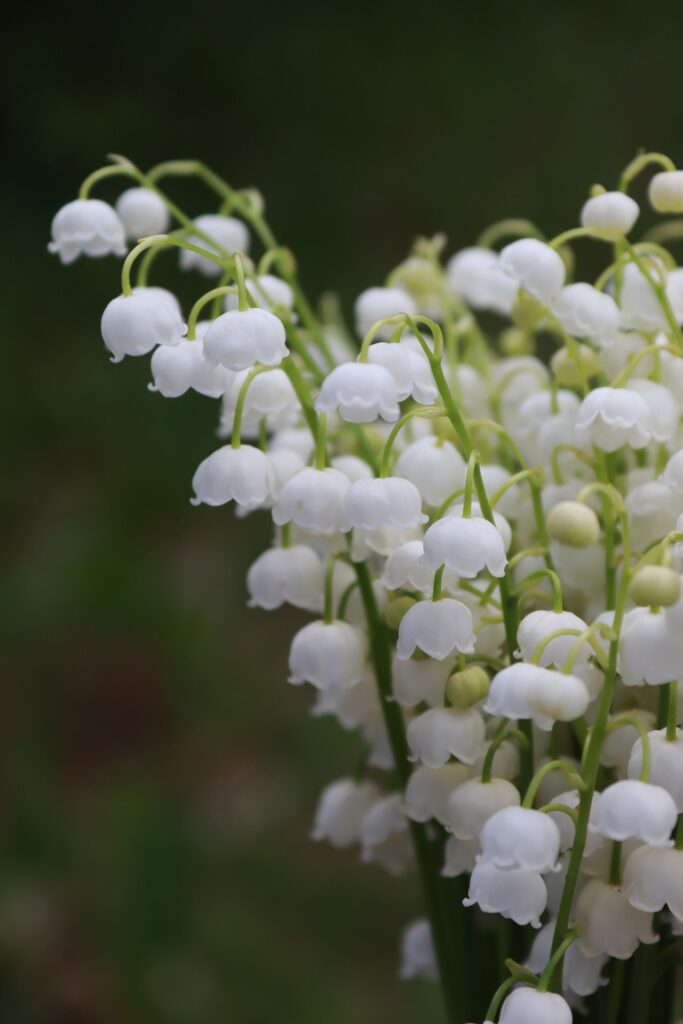
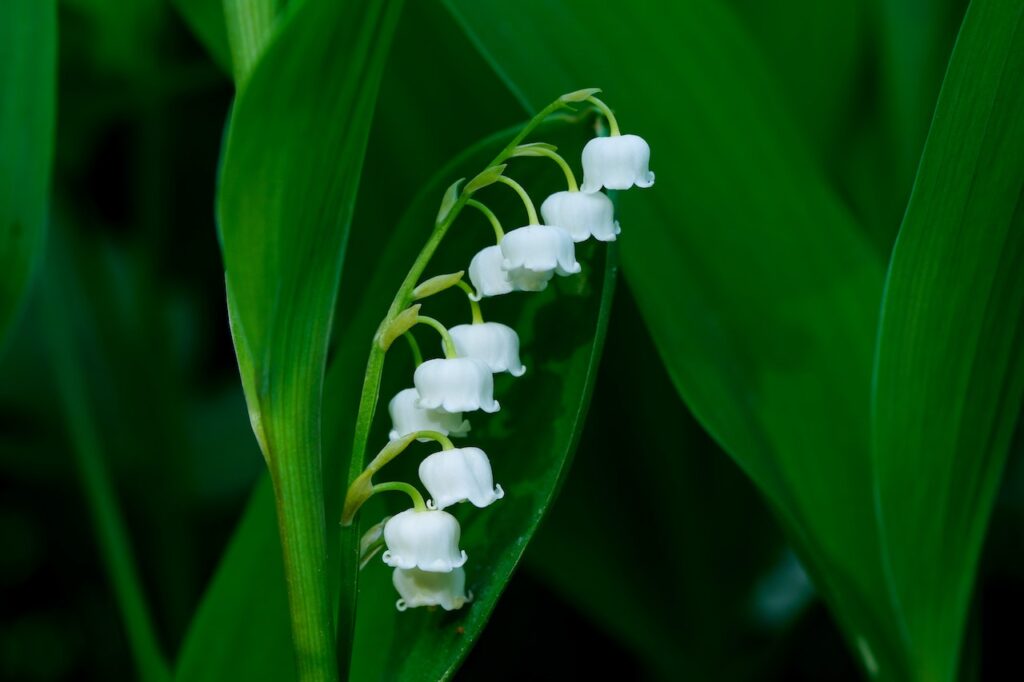
Lily of the Valley
Lily of the Valley is a fragrant flower, but it is highly toxic to pets. Ingesting Lily of the Valley can cause vomiting, irregular heartbeats, and other symptoms in cats, dogs, and birds.
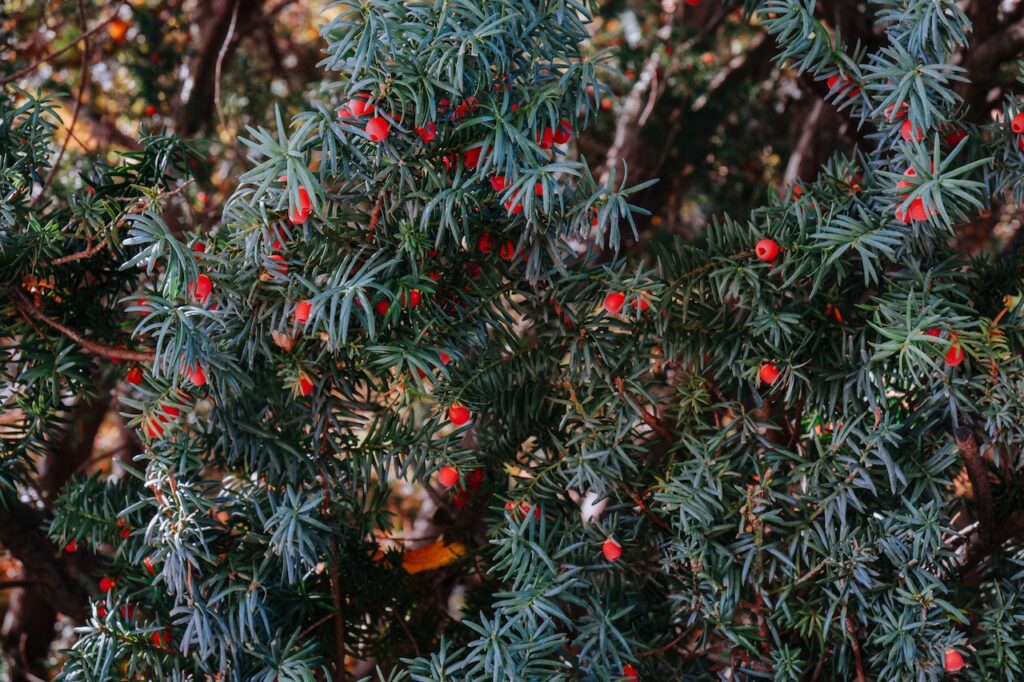
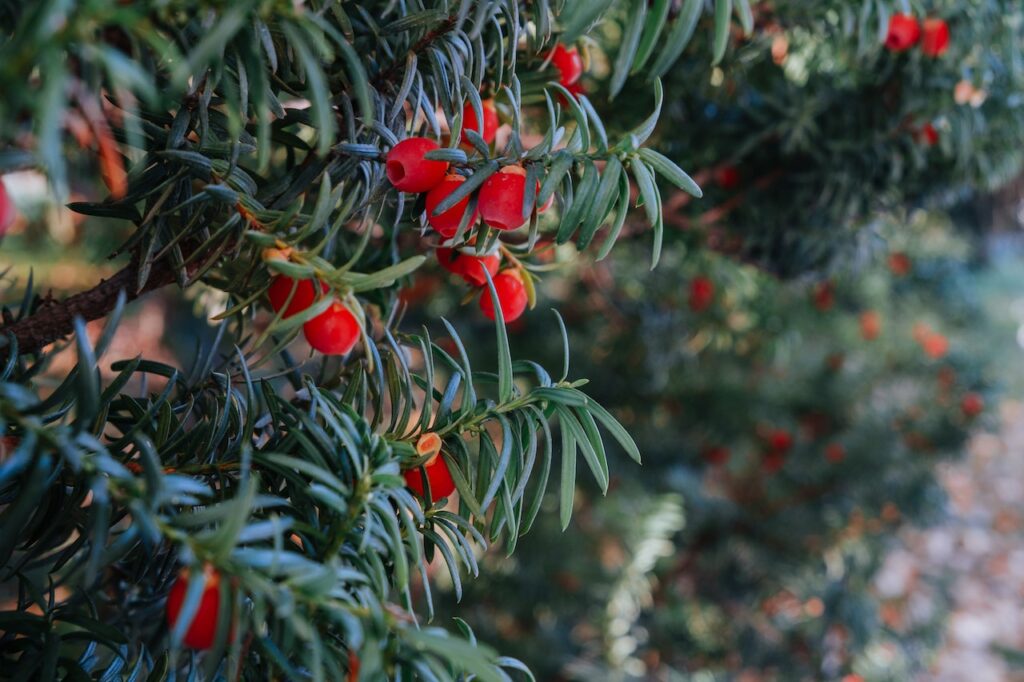
Yew
Yew is a common evergreen shrub, but it is highly toxic to pets. Ingesting Yew leaves or seeds can cause vomiting, difficulty breathing, and other symptoms in cats, dogs, and birds.
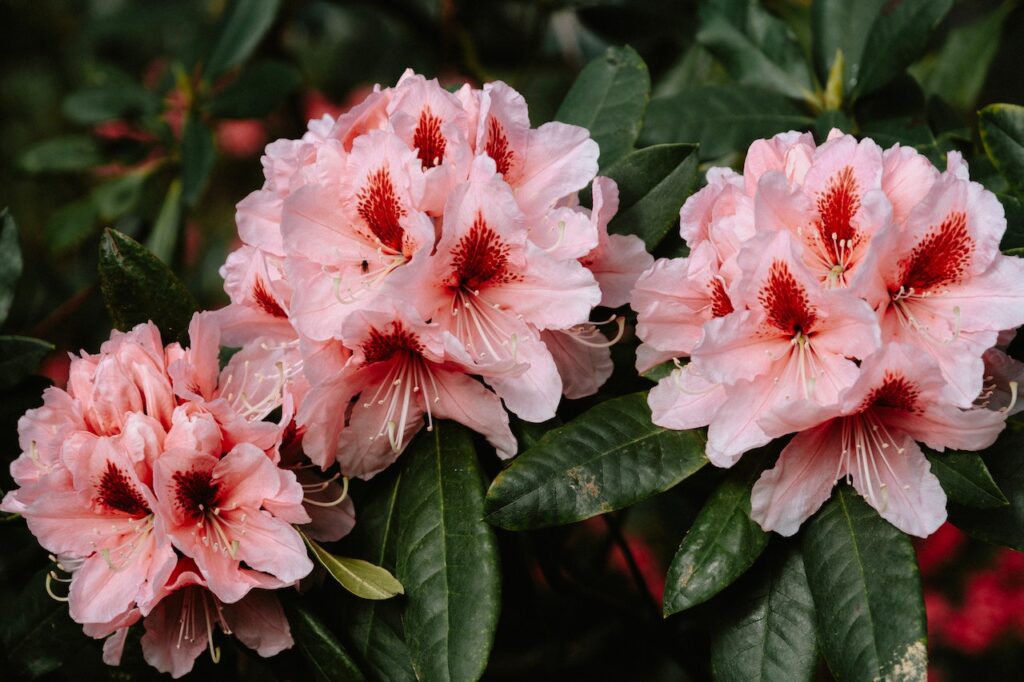
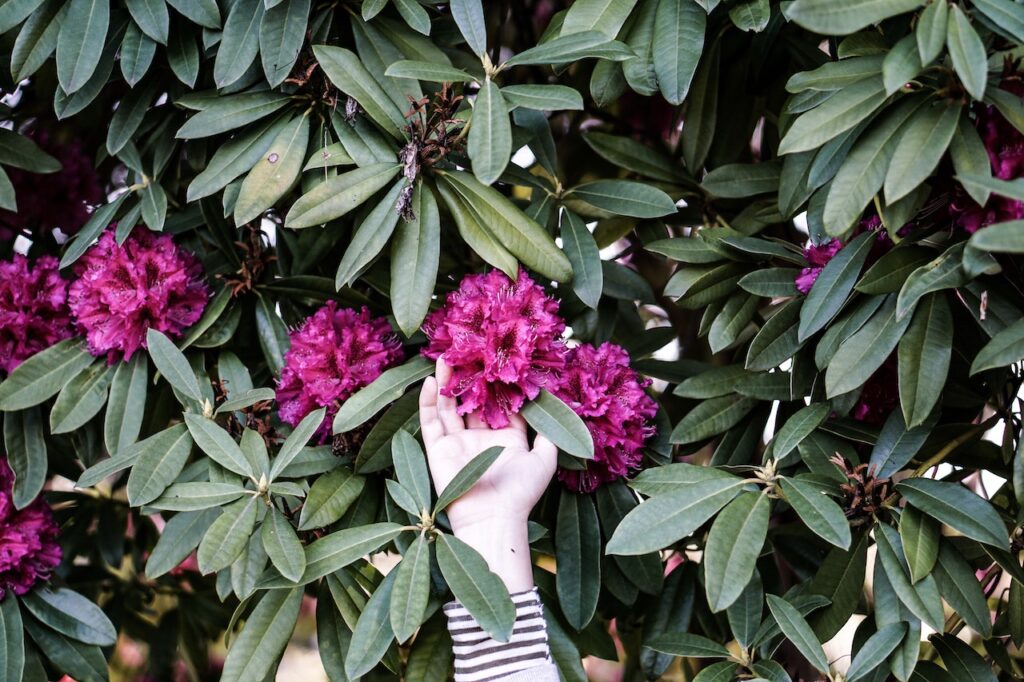
Rhododendron
Rhododendron is a popular flowering shrub, but it can be toxic to pets. Ingesting Rhododendron leaves or flowers can cause vomiting, diarrhea, and other gastrointestinal issues in cats, dogs, and birds.

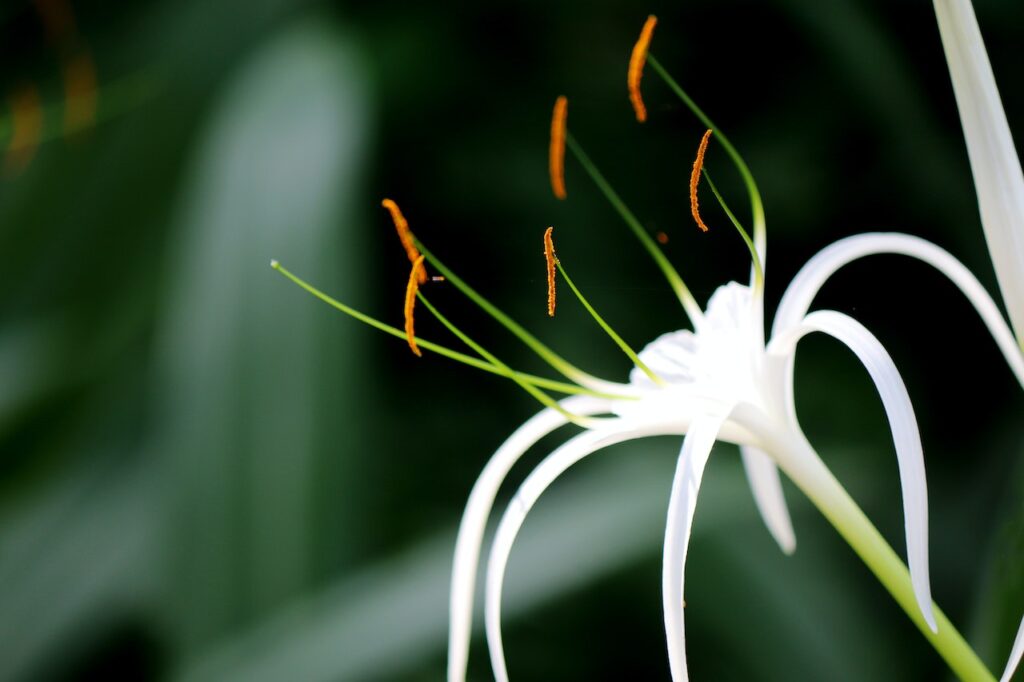
Lily Spider
Lily Spider, also known as Spider Lily or Ribbon Plant, is a common houseplant, but it can be toxic to pets. Ingesting Lily Spider leaves can cause vomiting, diarrhea, and other symptoms in cats, dogs, and birds.
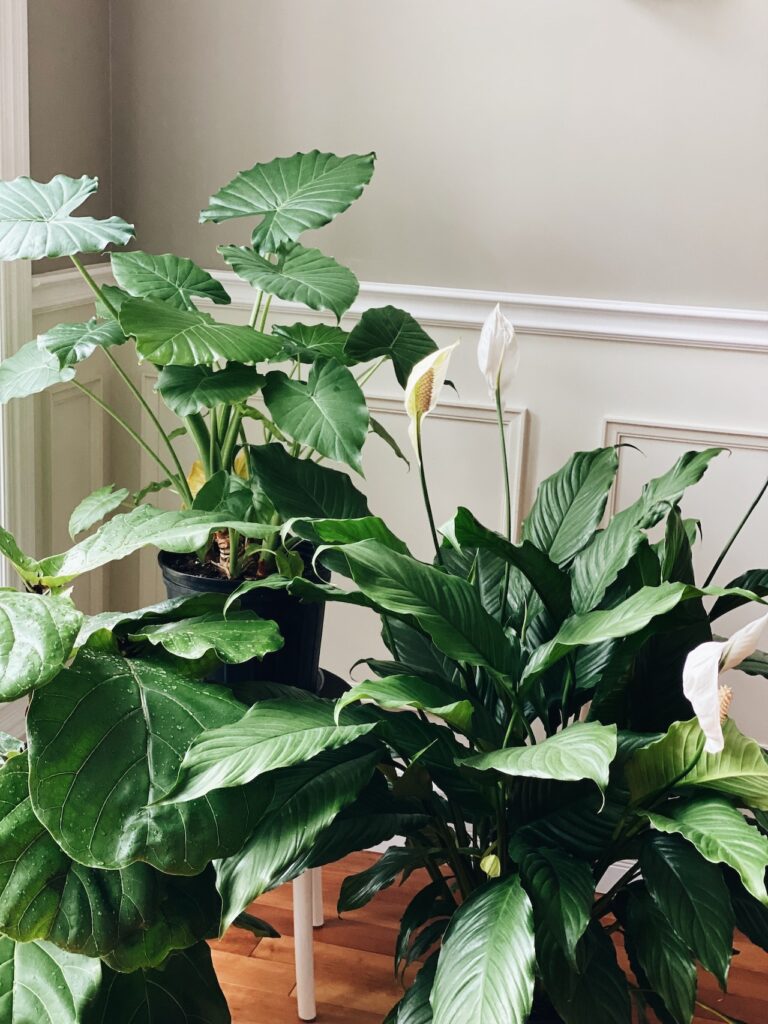

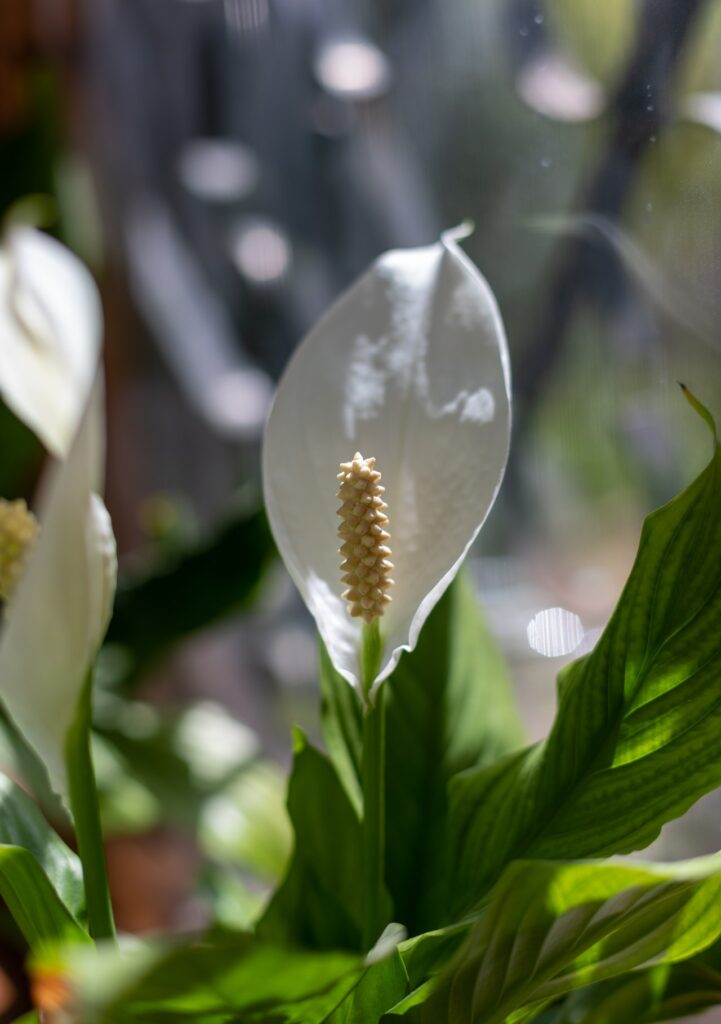
Peace Lily
Peace Lily is a popular indoor plant, but it can be toxic to pets. Ingesting Peace Lily leaves can cause oral irritation, vomiting, diarrhea, and other symptoms in cats, dogs, and birds.


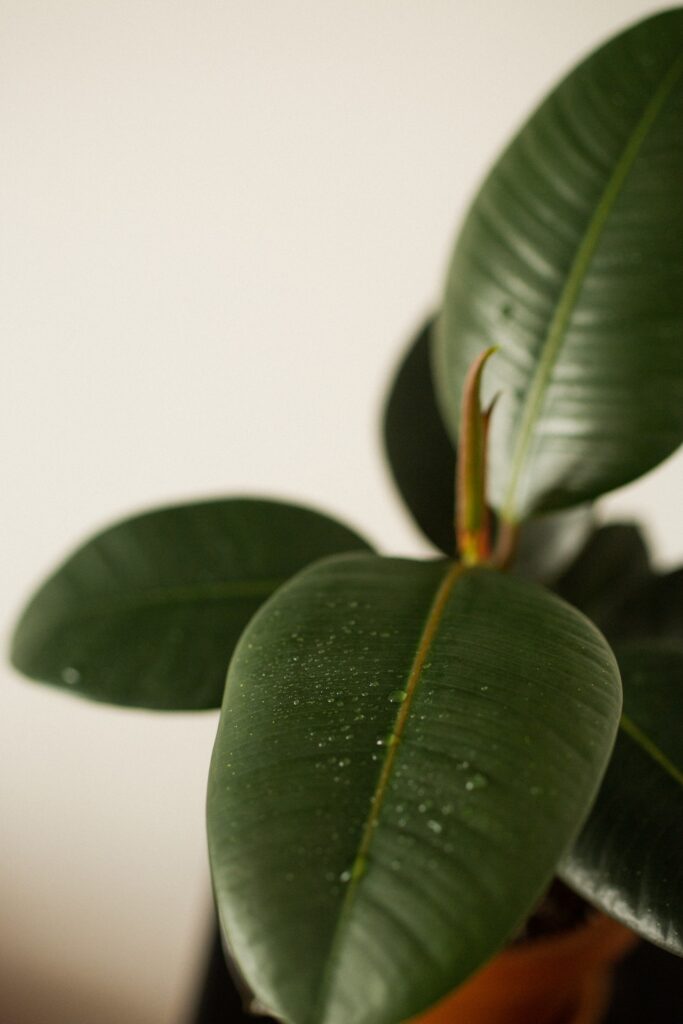
Rubber Plant
Rubber Plant, also known as Ficus elastica, is a popular indoor plant, but it can be toxic to pets. Ingesting Rubber Plant leaves can cause oral irritation, vomiting, diarrhea, and other symptoms in cats, dogs, and birds.
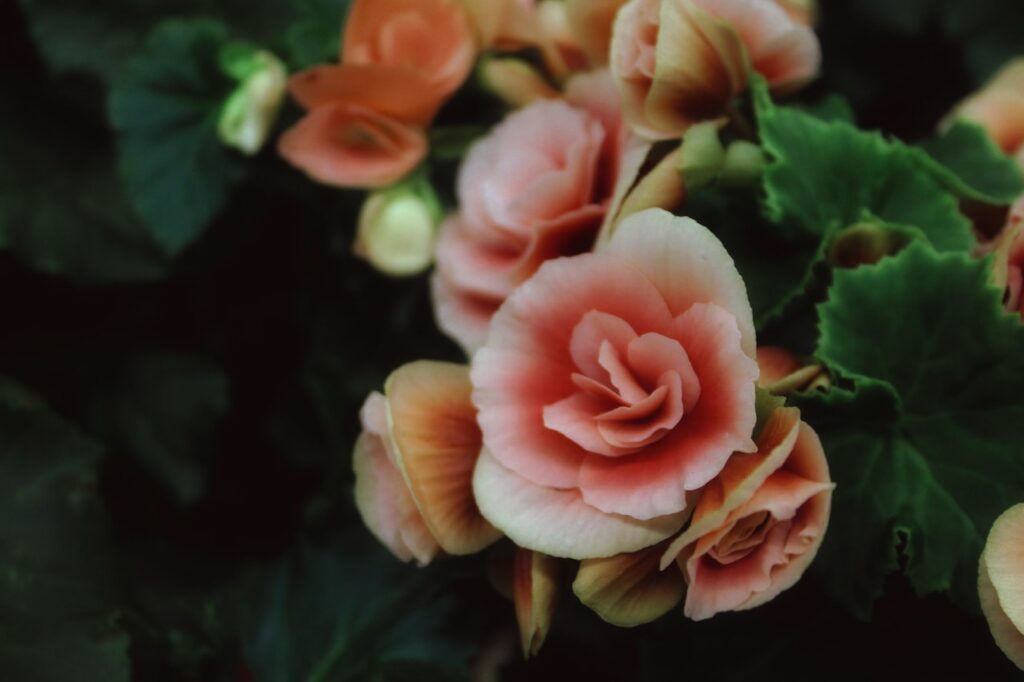
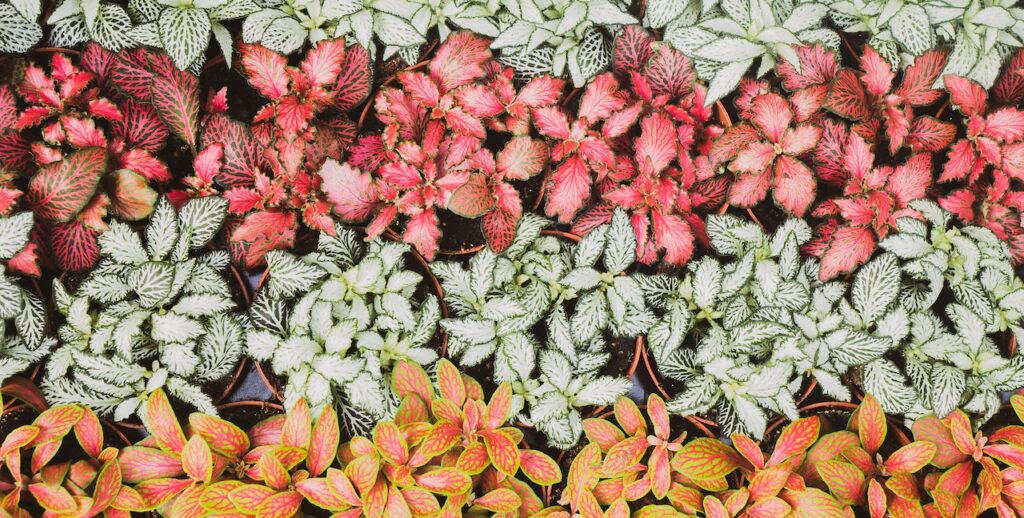
Begonia
Begonia is a common flowering plant, but it can be toxic to pets. Ingesting Begonia leaves or flowers can cause vomiting, diarrhea, and other gastrointestinal issues in cats, dogs, and birds.
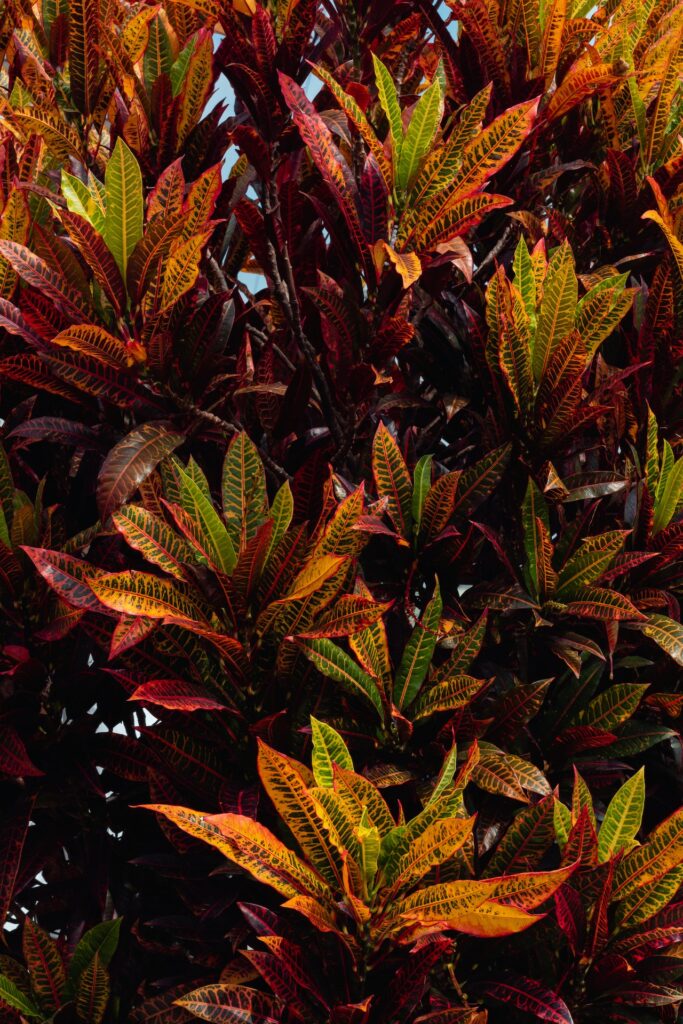
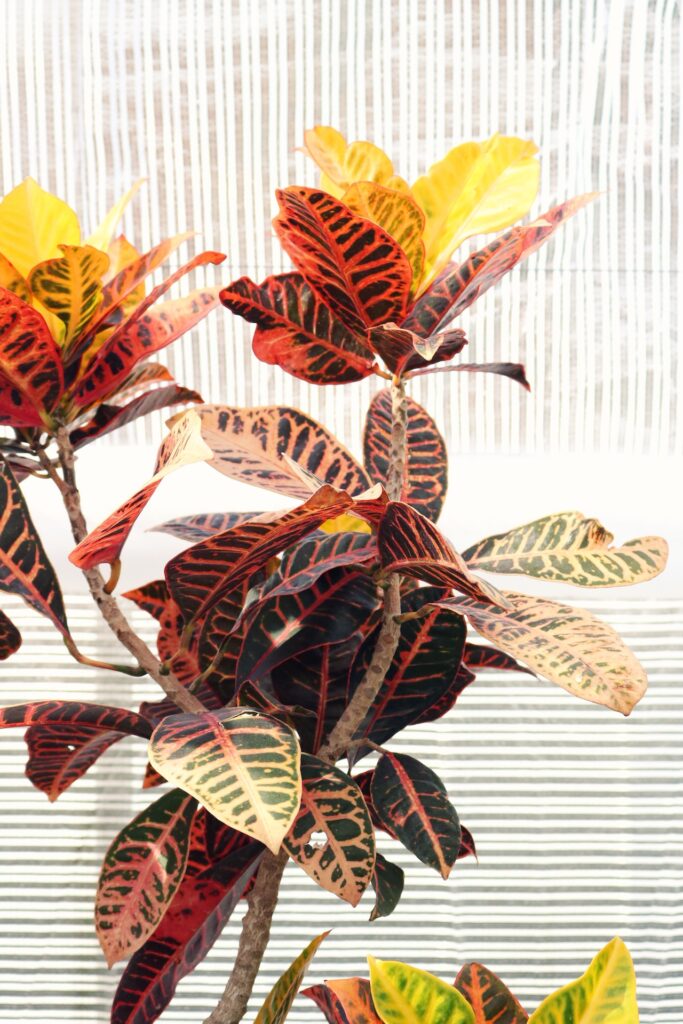
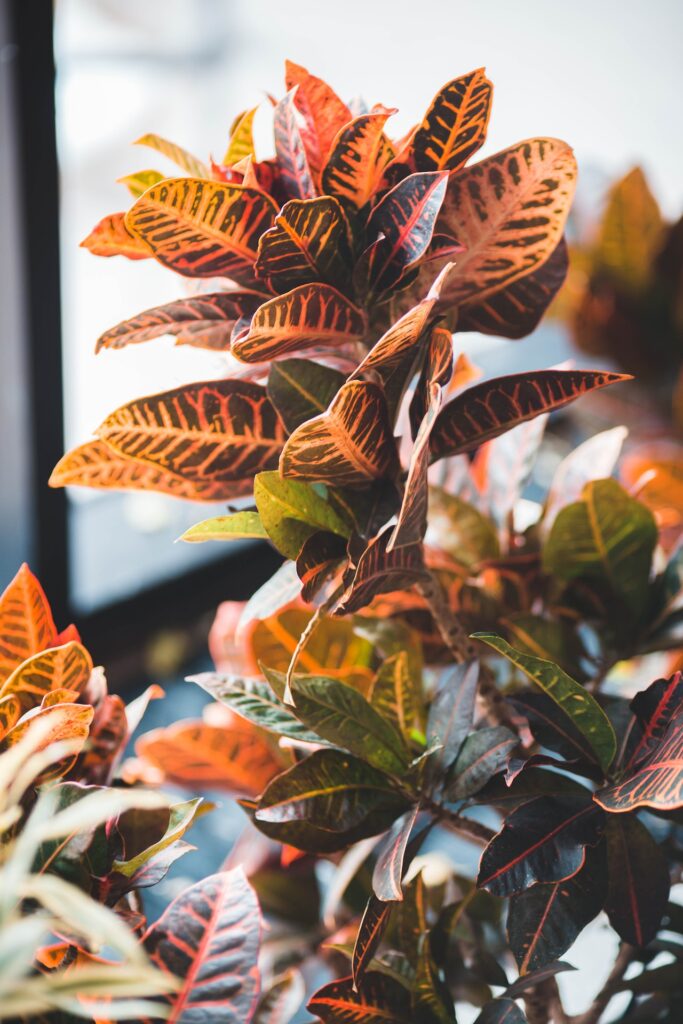
Croton
Croton is a colorful indoor plant, but it can be toxic to pets. Ingesting Croton leaves can cause vomiting, diarrhea, and other symptoms in cats, dogs, and birds.
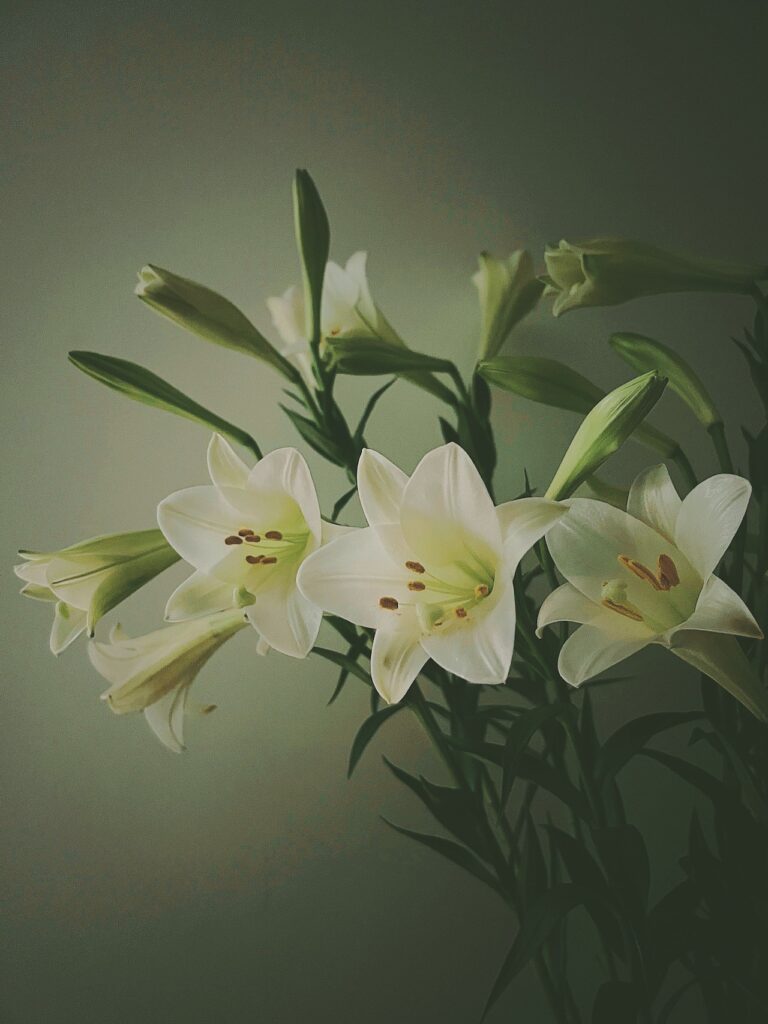

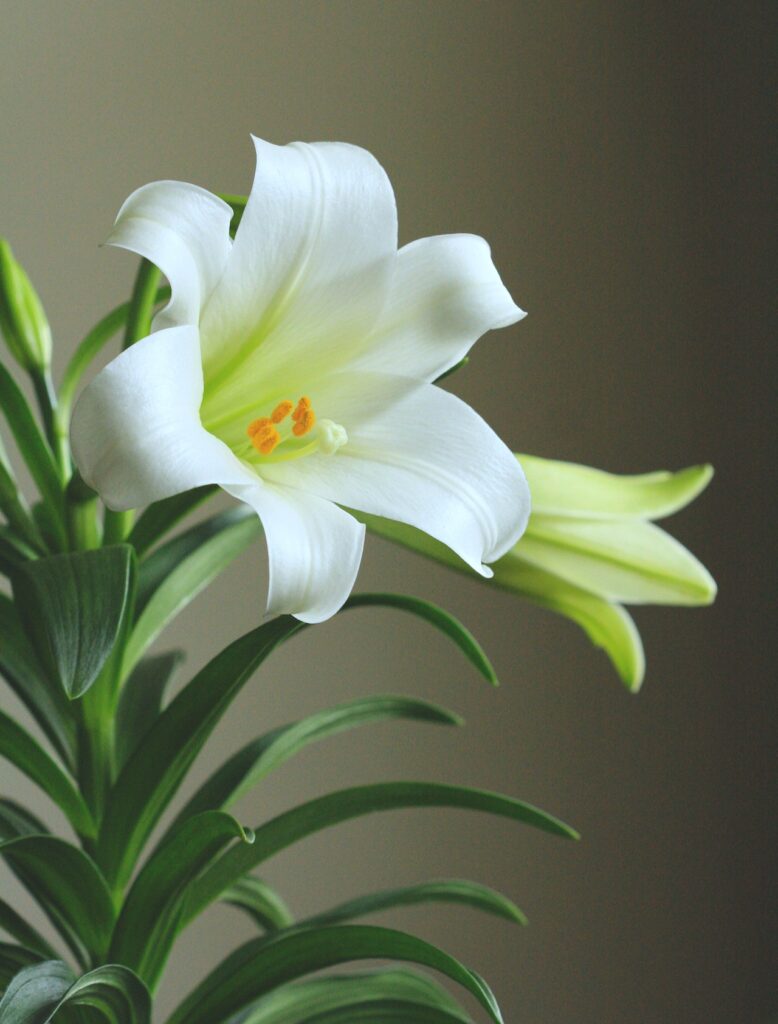
Easter Lily
Easter Lily is a popular flower during the holiday season, but it is highly toxic to cats. Ingesting Easter Lily leaves, flowers, or even the pollen can cause kidney failure in cats.
As responsible pet owners, it’s important to be aware of the plants that can be toxic to our beloved pets. Preventing access to these plants, training your pets or removing the plants from our homes and gardens can help keep our pets safe and healthy. If you suspect that your pet has ingested a toxic plant, contact your veterinarian immediately for proper diagnosis and treatment. Remember, prevention is key when it comes to protecting our furry friends from potential plant hazards.
If you found this blog informative, do share it with other Pet parents, you can look at our other blogs here



